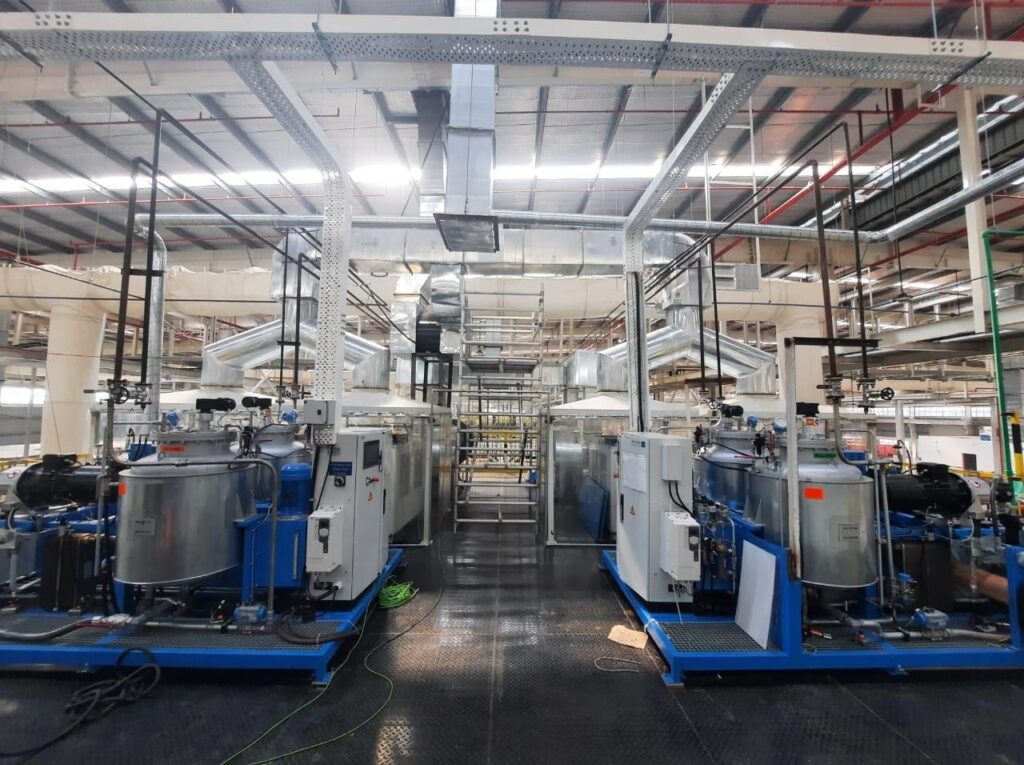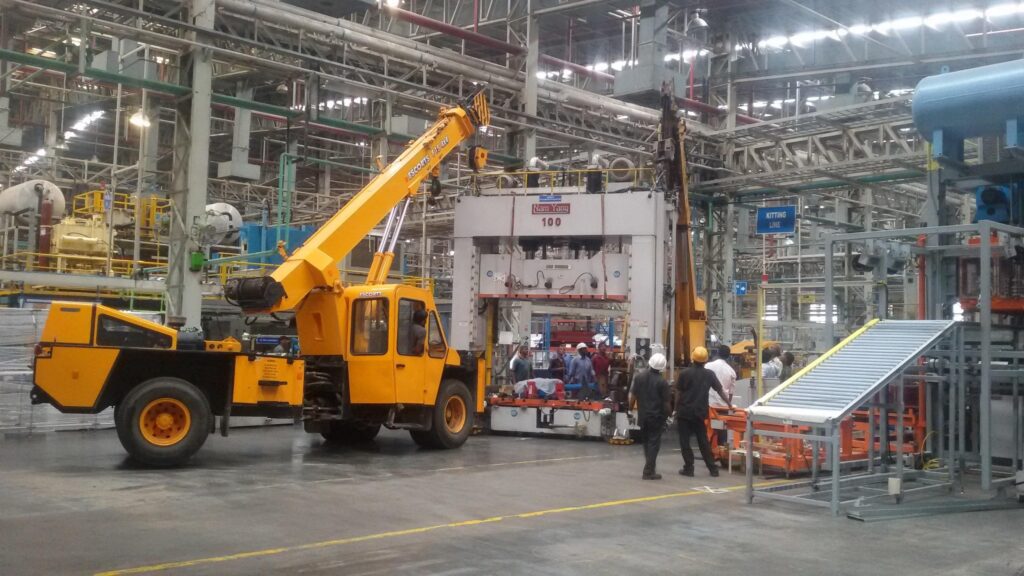India’s Trusted Partner for Industrial Machinery Shifting
Industrial machinery Shifting is the backbone of manufacturing and production, playing a crucial role in everything from automotive assembly to heavy engineering. These machines are not just expensive but also highly intricate, requiring careful handling during relocation. Whether moving within a plant, across cities or different states, shifting industrial machinery is a complex process that demands precision, planning, and expertise.
What is Industrial Machinery Shifting?
Industrial machinery shifting involves the relocation of heavy-duty equipment, ensuring minimal disruption to operations. This process is critical for industries upgrading their facilities, expanding to new locations, or optimizing production lines. Since these machines are often massive and sensitive, shifting them requires specialized tools, skilled professionals, and a strategic approach.

Key Steps in Industrial Machinery Relocation
- Pre-Move Planning & Site Assessment
The first step in machinery relocation is conducting a thorough assessment of both the current and new locations. Factors such as space constraints, floor load capacity, and transportation routes are analyzed to develop a detailed shifting plan. - Dismantling & Labeling
To ensure a smooth reassembly, machinery is carefully dismantled, and each component is labeled and documented. This helps in minimizing errors and prevents damage to delicate parts during transit. - Packing & Protection
Using high-quality protective materials, components are securely packed to withstand shocks, vibrations, and environmental conditions during transportation. Custom crates, padding, and anti-rust coatings are often used for added safety. - Transportation & Logistics Management
Transporting heavy machinery requires specialized vehicles such as hydraulic trailers, cranes, and forklifts. A well-planned logistics strategy ensures that the equipment reaches its destination on time without damage. - Installation & Calibration
Once delivered, machinery is reassembled, installed, and calibrated to ensure it operates at peak efficiency. Testing is carried out to confirm proper functionality before full-scale operations resume.

Why Professional Inudustrial Machinery Shifting Services are Essential
Relocating industrial machinery is not just about moving heavy objects; it involves mitigating risks, ensuring compliance with safety regulations, and minimizing downtime. Professional shifting services offer:
- Expertise & Technical Knowledge – Skilled teams handle the dismantling, packing, and reinstallation with precision.
- Advanced Equipment – Specialized lifting tools, cranes, and shock-absorbing vehicles are used to prevent damage.
- Compliance & Safety Standards – Adherence to industry regulations ensures secure and lawful transportation.
- Minimal Downtime – Efficient planning allows industries to resume operations quickly, reducing financial losses.
Choosing the Right Industrial Machinery Shifting Partner
For businesses looking to relocate their machinery, selecting a reliable service provider is crucial. Key factors to consider include:
- Experience in Industrial Relocation – A track record of handling similar projects successfully.
- Customized Solutions – Services tailored to meet specific industry needs and timelines.
- Client Testimonials & Reputation – Positive feedback from previous customers indicates reliability and professionalism.
Conclusion
Industrial machinery shifting is a specialized task that requires careful planning, technical expertise, and precision execution. Working with a professional machinery shifting service like oneworld logix ensures a seamless, safe, and efficient transition. As industries continue to evolve, the demand for expert machinery relocation services will only increase, making it essential for businesses to choose a trusted partner for their shifting needs.
